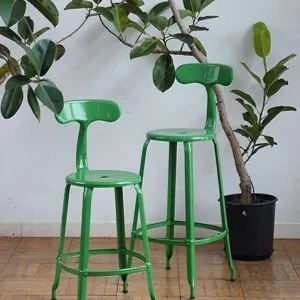Tikkurila L380
| Code: | L380 |
| Name: | |
| Brand: | Tikkurila |
What color is Tikkurila L380?
Step into a world of tranquility with Tikkurila L380, a serene and calming shade that exudes elegance and sophistication. This soothing hue, also known as Hopeful Green, is perfect for creating a peaceful oasis in bedrooms, living rooms, and study spaces. Its muted tones bring a sense of balance and harmony to any room, making it ideal for those seeking a tranquil and relaxing environment. Embrace the beauty of Tikkurila L380 to transform your space into a sanctuary of peace and serenity.
Tikkurila L380 reviews (3 photos)
View the photos of real spaces painted with this that were not included in specific categories.Close-ups, painted furniture, storages and dressers, hallways, stairs and ceilings.
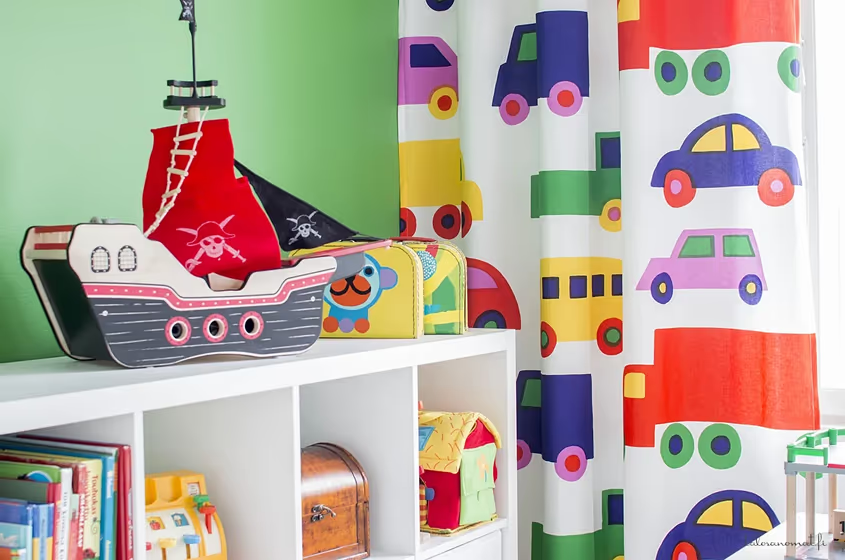
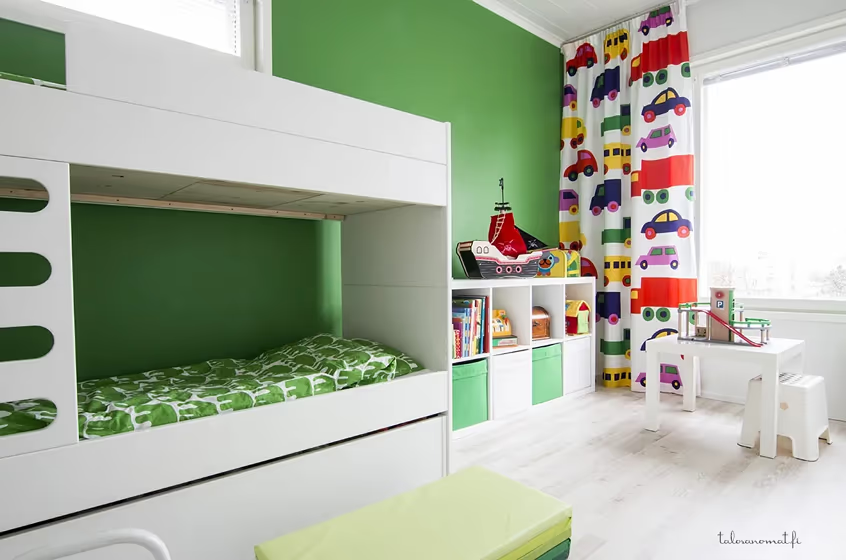
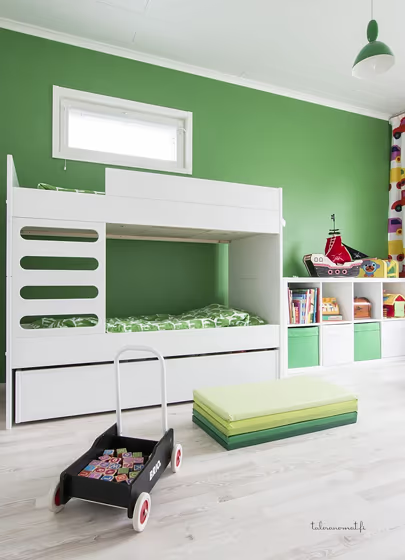
Try before you buy
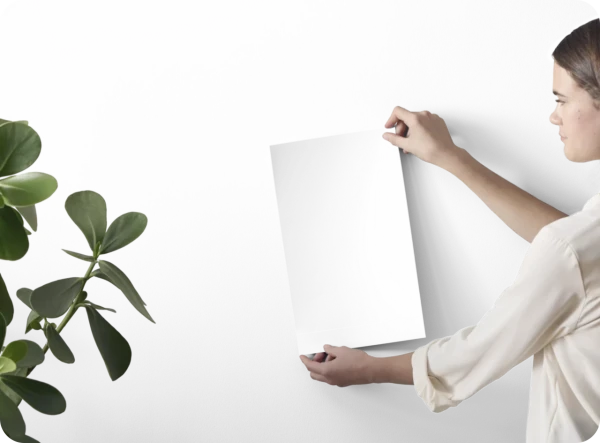

100% accurate
reusable paint samples

Peel, stick,
and repeat

Twice painted
with real paint

Next day
delivery
What are Tikkurila L380 undertones?
The undertone of L380 can be accurately described as a Green hue, as is apparent from the color space provided. By isolating the pure hue and eliminating any tints, tones, and shades, we were able to precisely determine its undertone. This approach has proven to be more accurate than traditional methods of defining undertones on a white background, which are now considered outdated.
HEX value
HEX value:
#60944B
RGB code:
96, 148, 75
Is Tikkurila L380 cool or warm?

With a hue of 103° thisGreenrefers cool paint shade according to HSL (Hue, Saturation, Lightness) on the color wheel.
L380 HSL code: 103, 33%, 44%
Hue - degree on a color wheel from 0 to 360. 0 is red, 120 is green, and 240 is blue.
Saturation is expressed as a percentage. At 0%, it appears as a shade of grey, and at 100%, it is in full color..
Lightness is also a percentage value. 0% is black, and 100% is white.
- Cooler hues have a calm and relaxation effect
- Cool green shades bring a refreshing and tranquil vibe to a space, making it feel rejuvenating and connected to nature, ideal for bathrooms, bedrooms, and living rooms.
- Using mid-tone cool colors like soft greys and muted blues can help create a calming and modern look in rooms like home offices, bathrooms, and bedrooms. But avoid using these shades in rooms without natural light, as they may look dull.
Act like a pro: Mixing warm and cool shades is a must have to get harmonius interior. Add accents that contrast with the primary color to create visual balance. If your walls are a warm color, don’t forget to add accent in cold colors (furniture, art, décor). A good practice is too use a complementary color scheme.
How light temperature affects L380
Natural Lighting. During the day, natural light shifts from about 2000 K at sunrise/sunset to 5500–6500 K at noon.
In addition, natural‑light temperature depends on its direction:
| Direction of sunlight | Visible temp. | Hue | Duration |
|---|---|---|---|
| North | Cool | Bluish | All day |
| East | Warm | Yellow | Before noon |
| West | Warm | Orange‑red | After noon |
| South | Warm | Orange‑yellow | All day |
Artificial Lighting. When choosing bulbs, pay attention to their color‑temperature (Kelvins).
Use the slider to see how this Green shade looks under different lighting:
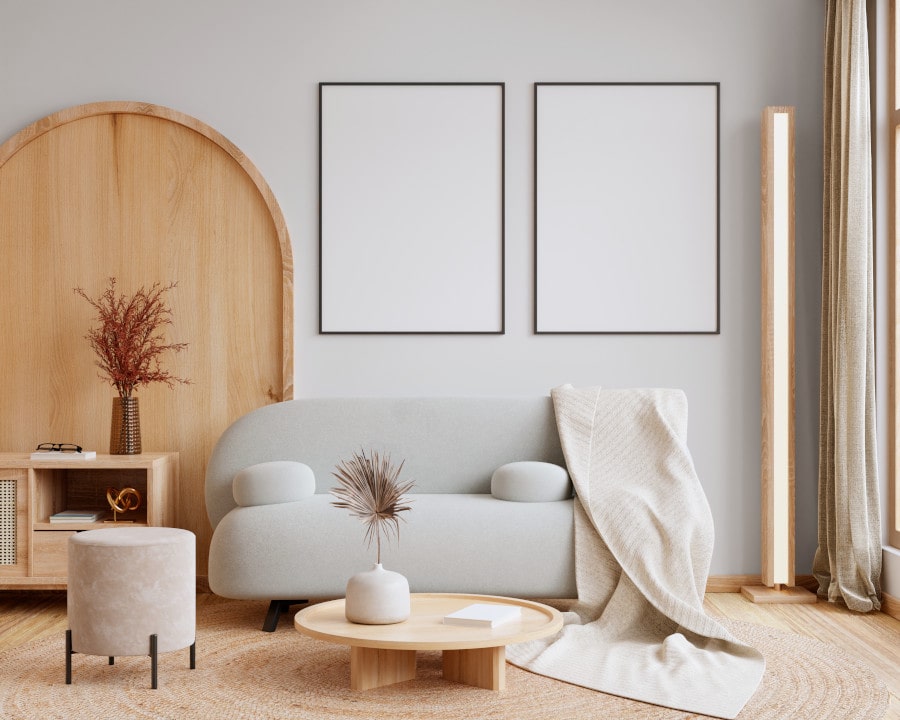
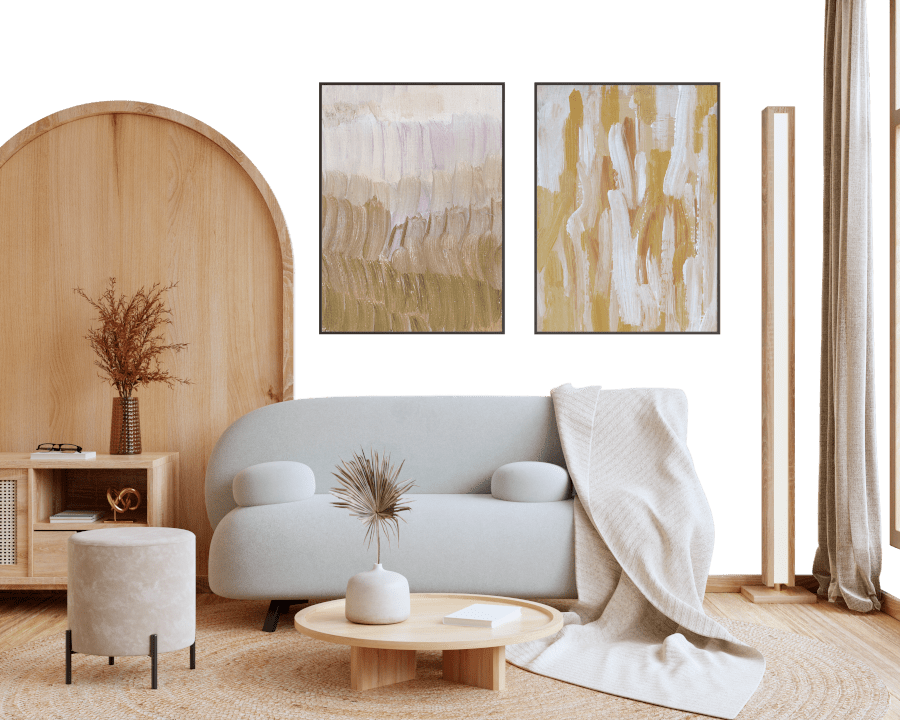
4000K
LRV of L380
L380 has an LRV of 20.37% and refers to Medium colors that reflect a lot of light. Why LRV is important?

Light Reflectance Value measures the amount of visible and usable light that reflects from a painted surface.
Simply put, the higher the LRV of a paint color, the brighter the room you will get.
The scale goes from 0% (absolute black, absorbing all light) to 100% (pure white, reflecting all light).
Act like a pro: When choosing paint with an LRV of 20.37%, pay attention to your bulbs' brightness. Light brightness is measured in lumens. The lower the paint's LRV, the higher lumen level you need. Every square foot of room needs at least 40 lumens. That means for a 200 ft2 living room you’ll need about 8000 lumens of light – e.g., eight 1000 lm bulbs.
Color codes
We have collected almost every possible color code you could ever need. To copy the code, just click the icon to the right of it.
| Format | Code | |
|---|---|---|
| HEX | #60944B | |
| RGB Decimal | 96, 148, 75 | |
| RGB Percent | 37.65%, 58.04%, 29.41% | |
| HSV | Hue: 103° Saturation: 49.32% Value: 58.04% | |
| HSL | hsl(103, 33, 44) | |
| CMYK | Cyan: 35.14 Magenta: 0.0 Yellow: 49.32 Key: 41.96 | |
| YIQ | Y: 124.13 I: -7.529 Q: -33.717 | |
| XYZ | X: 16.683 Y: 24.174 Z: 10.442 | |
| CIE Lab | L:56.262 a:-31.52 b:33.044 | |
| CIE Luv | L:56.262 u:-25.834 v:44.991 | |
| Decimal | 6329419 | |
| Hunter Lab | 49.167, -25.474, 21.825 |






